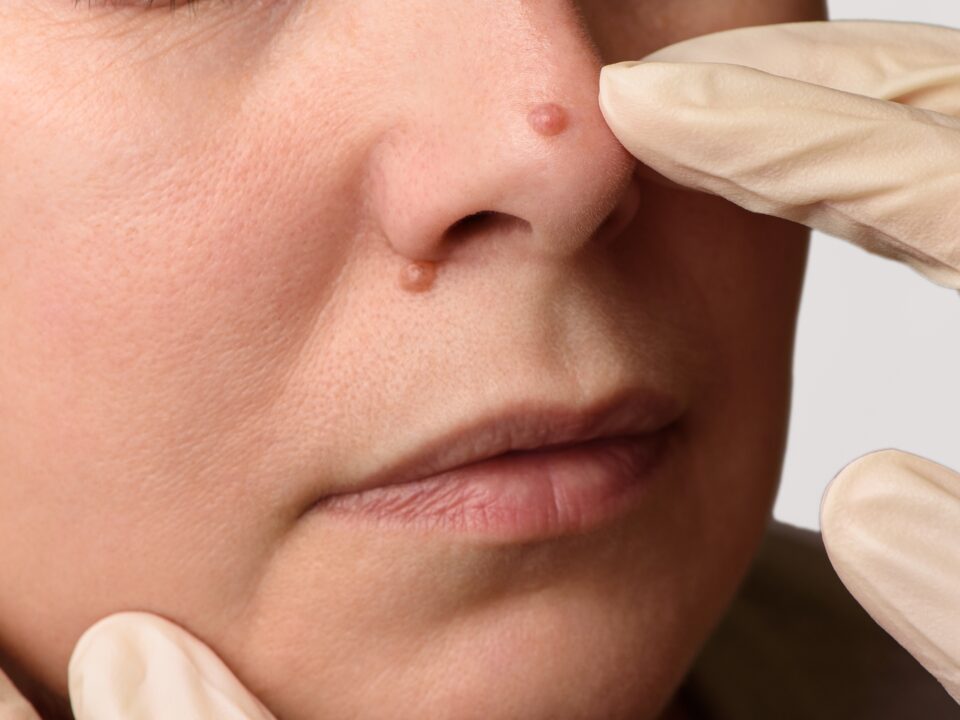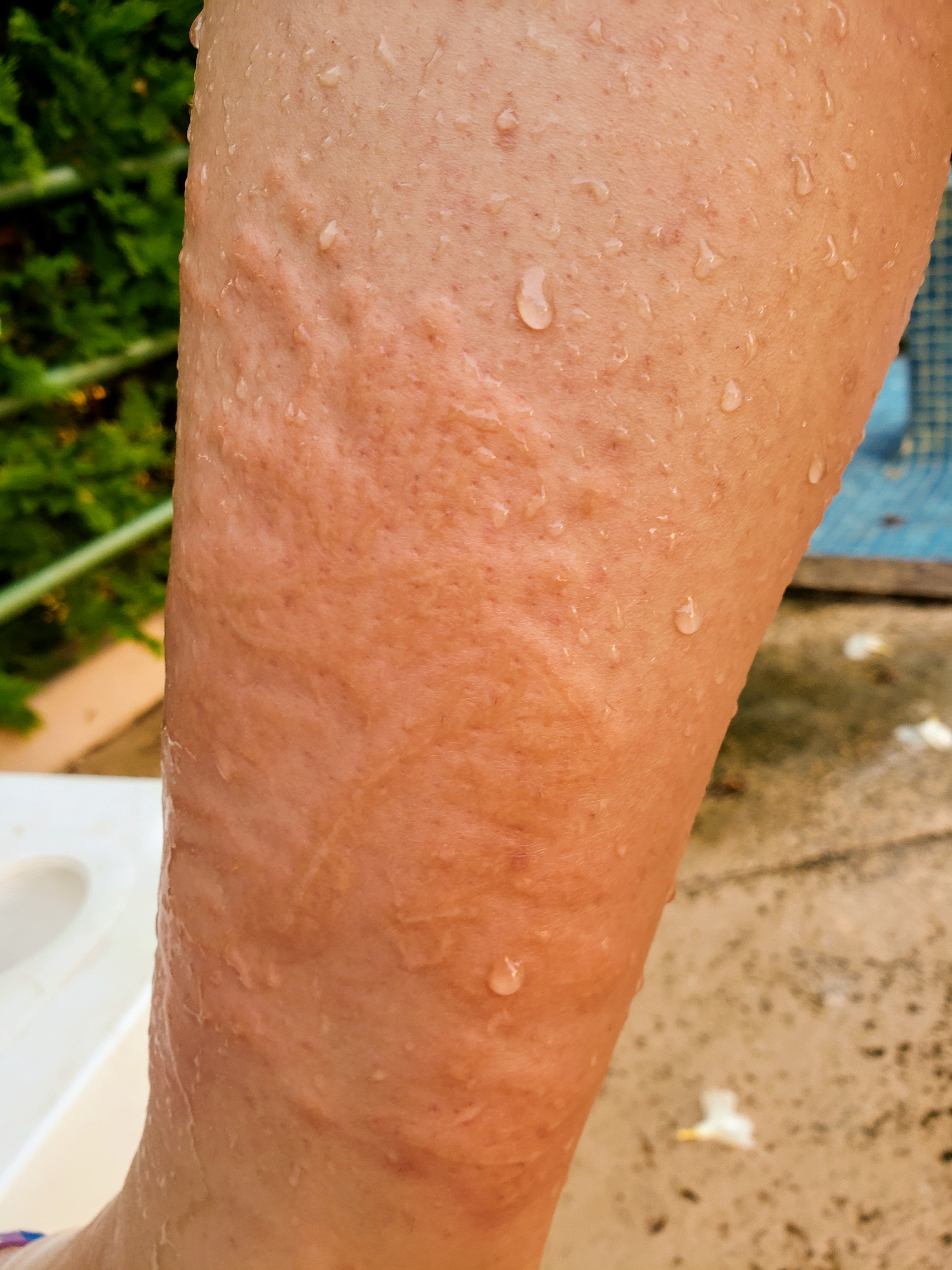
November marks Eczema Awareness Month, a time dedicated to increasing awareness about eczema and its impact on daily life. The Eczema Society of Canada (ESC) is leading efforts to educate individuals about this prevalent condition. Among the many forms of eczema, hand dermatitis—commonly experienced by homemakers and stay-at-home caregivers—deserves special attention.
Globally, millions of individuals who manage households or care for others are susceptible to skin disorders due to their daily activities. Hand dermatitis, or hand eczema, is one of the most frequent reasons for homemakers to seek dermatological care. This condition often arises from frequent exposure to water (wet work), contact with household cleaning agents, inadequate use of protective gloves, and a general lack of understanding about skin protection.
Occupational skin disorders, including hand dermatitis, are conditions that develop or worsen due to work-related activities. These disorders account for an estimated 40–70% of all occupational diseases. The natural defenses of the skin are compromised by exposure to mechanical, chemical, or biological irritants, increasing vulnerability to infections and skin barrier breakdown.
Homemakers commonly experience two types of hand dermatitis: irritant contact dermatitis and allergic contact dermatitis. These can further be classified into acute “wet” and chronic “dry” forms.
The acute wet form typically affects the back of the hands, fingers, and palms. Symptoms include severe itching, inflammation, and blistering caused by irritants like water, detergents, and rubber gloves, as well as allergens such as nickel and fragrances. This form tends to persist year-round.
The chronic dry form begins at the tips of the first three fingers and can extend to all four fingers of both hands over time. Symptoms include mild itching, hyperpigmentation, dryness, and even nail deformities. This form often worsens during colder months.
Homemakers also face other skin-related risks such as minor abrasions or cuts from scrubbing surfaces and handling rough materials. Infections, including secondary bacterial infections and Candida yeast infections in finger webs (caused by prolonged wet work), are common complications. Rarely, exposure to animals like pet sheep or goats may lead to conditions such as Orf.
Since homemaking is not traditionally viewed as an occupational environment, ensuring safety often falls entirely on the individual. It is crucial to handle and store household cleaners safely, follow product usage instructions, and consider alternatives to harsh chemicals, such as using microfiber cloths. Protective measures like non-latex gloves, aprons, and masks can further minimize exposure to harmful agents.
Proper hand care can prevent or manage hand dermatitis. Simple measures include limiting handwashing to 2–3 times daily, using barrier creams, and delegating household tasks to reduce prolonged exposure to irritants. Avoiding direct contact with harsh chemicals, soaps, and detergents—and refraining from dyeing hair at home—are also essential precautions.
Diagnosing hand dermatitis involves a thorough patient history focusing on specific tasks and exposure to irritants and allergens, alongside a clinical examination of the affected skin. Treatment may include:
– Education on reducing irritant and allergen contact
– Barrier creams, emollients, and non-soap cleansers
– Topical steroids to manage inflammation
– Oral antibiotics for secondary infections
– Advanced therapies such as oral steroids or immune-modulating drugs for severe cases
Eczema Awareness Month provides an opportunity to shed light on the challenges faced by homemakers and caregivers with hand eczema. Through education, proper precautions, and appropriate treatment, these individuals can protect their skin while continuing their vital roles in the home.



